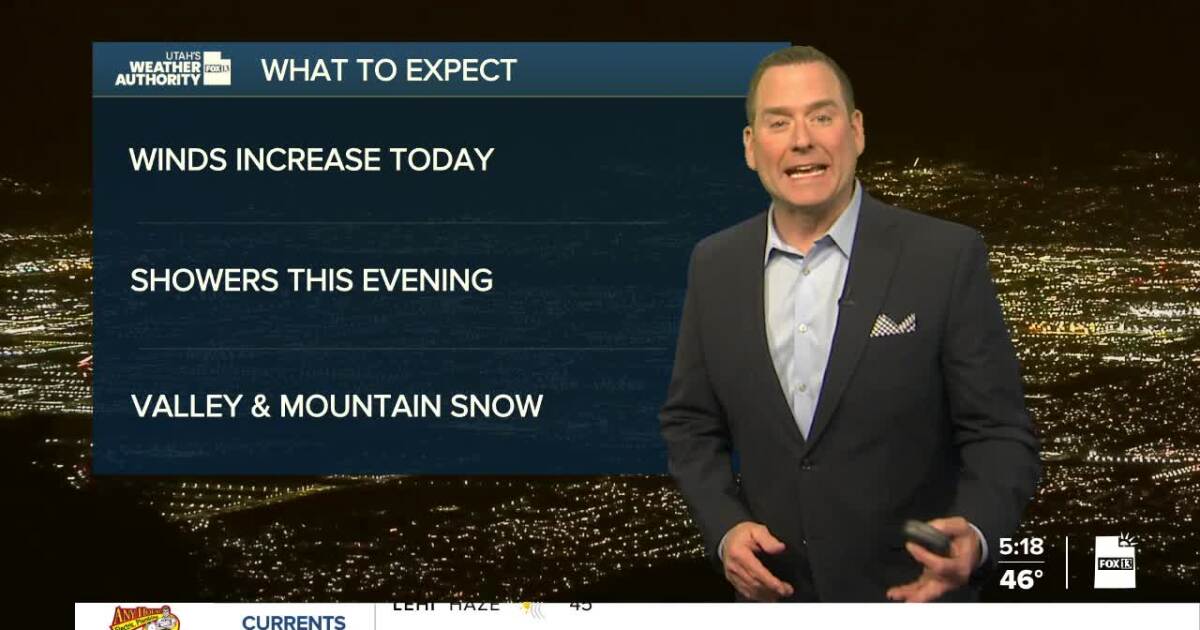Will March Roar Out? Predicting the Final Days of Winter's Grip
March, the month that bridges winter and spring, often arrives with a deceptive calm. One minute, we're bundled in layers against the biting cold, the next, we're catching glimpses of sunshine and imagining warmer days ahead. But will this March roar out with a final flurry of winter weather, or will spring's gentle hand prevail? Predicting the final days of winter's grip requires a closer look at several key factors.
The Lingering Power of the Polar Vortex
The polar vortex, that swirling mass of frigid air high above the Arctic, plays a significant role in determining late winter weather patterns. A weakened vortex can allow cold air to plunge southward, bringing unexpected snowstorms and frigid temperatures even into early spring. Conversely, a strong and stable vortex keeps the cold air contained, paving the way for milder conditions. Meteorological agencies closely monitor its strength and trajectory to make accurate predictions.
- Key Indicators: Tracking the polar vortex's strength and position using satellite imagery and weather models is crucial for predicting potential late-season cold snaps. A sudden southward dip is a warning sign of impending harsh weather.
The Influence of La Niña
La Niña, a climate pattern characterized by cooler-than-average sea surface temperatures in the central and eastern tropical Pacific Ocean, can also impact late winter weather. While its effects vary, La Niña often contributes to a more active jet stream, leading to increased variability in weather patterns and a higher chance of extreme events, including late-season snowstorms.
- Impact on Precipitation: La Niña can influence the track of storm systems, leading to increased precipitation in some areas and drought in others. This makes accurate localized weather predictions critical.
Analyzing Historical Weather Data
Historical weather data provides valuable insights into the likelihood of late-season snowstorms or cold snaps. By examining past March weather patterns in specific regions, meteorologists can establish probabilities and identify potential trends. This historical analysis is often combined with current weather model data to create more accurate forecasts.
- Long-Term Trends: While short-term forecasts are essential, studying long-term weather trends can help communities prepare for potential extreme weather events.
What to Expect This March?
While pinpointing the exact weather for the final days of March is challenging, several forecasting models are currently suggesting [insert current weather predictions based on reputable sources, e.g., NOAA, AccuWeather]. This includes [mention specific predictions, e.g., probability of snowfall, temperature ranges]. Remember, these are predictions, and weather patterns can change rapidly.
Staying Informed & Prepared
Regardless of the predictions, staying informed about the latest weather forecasts is crucial. Regularly check reliable sources like [mention reliable weather sources, e.g., National Weather Service, local news channels] for updates and warnings. Preparing for potential extreme weather, including having emergency supplies on hand, is always a good practice.
Call to Action: Stay updated on the latest weather predictions in your area and prepare accordingly. Don't let the roar of March catch you off guard! What are your preparations for the final days of winter? Share your thoughts in the comments below.

